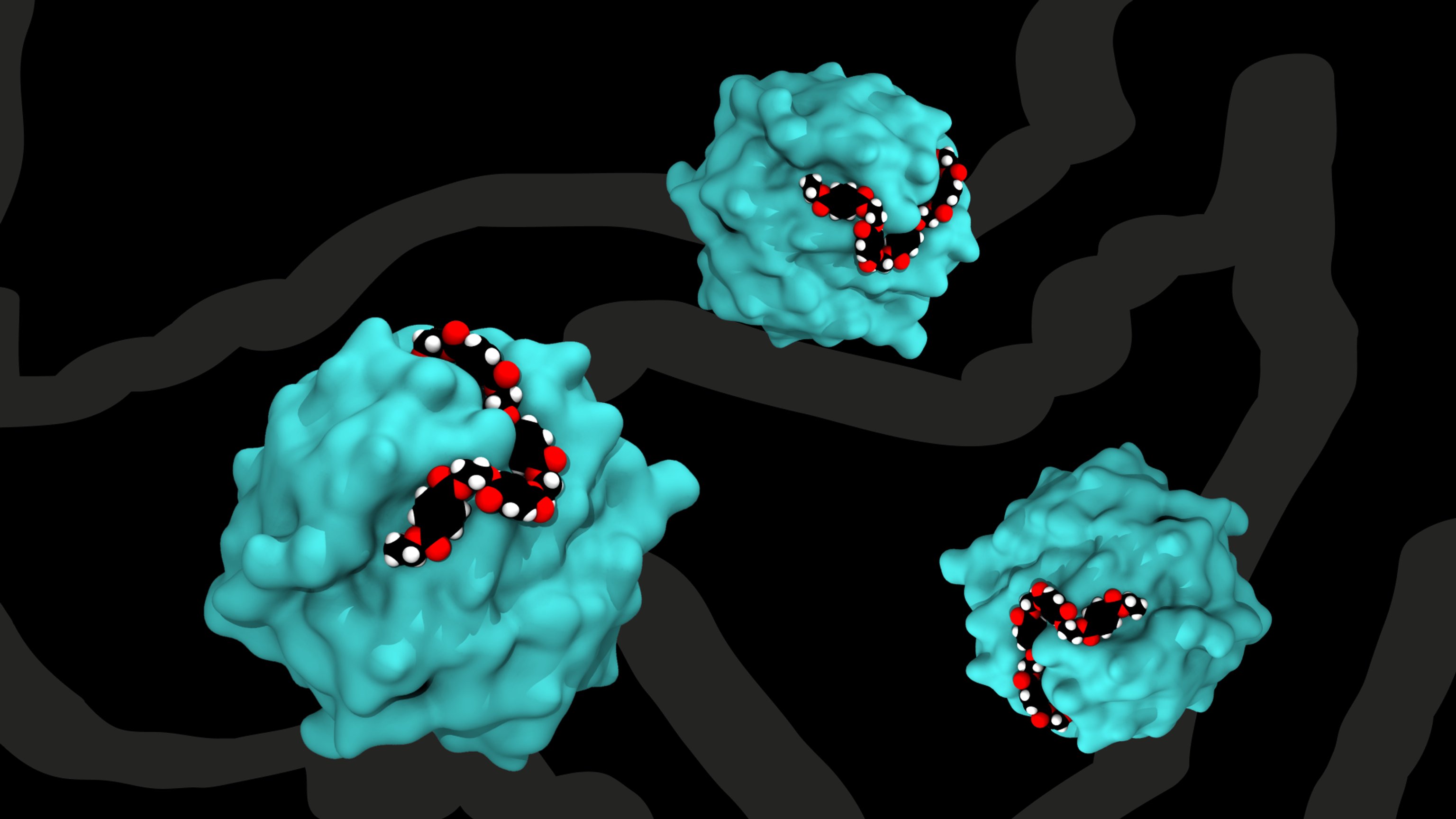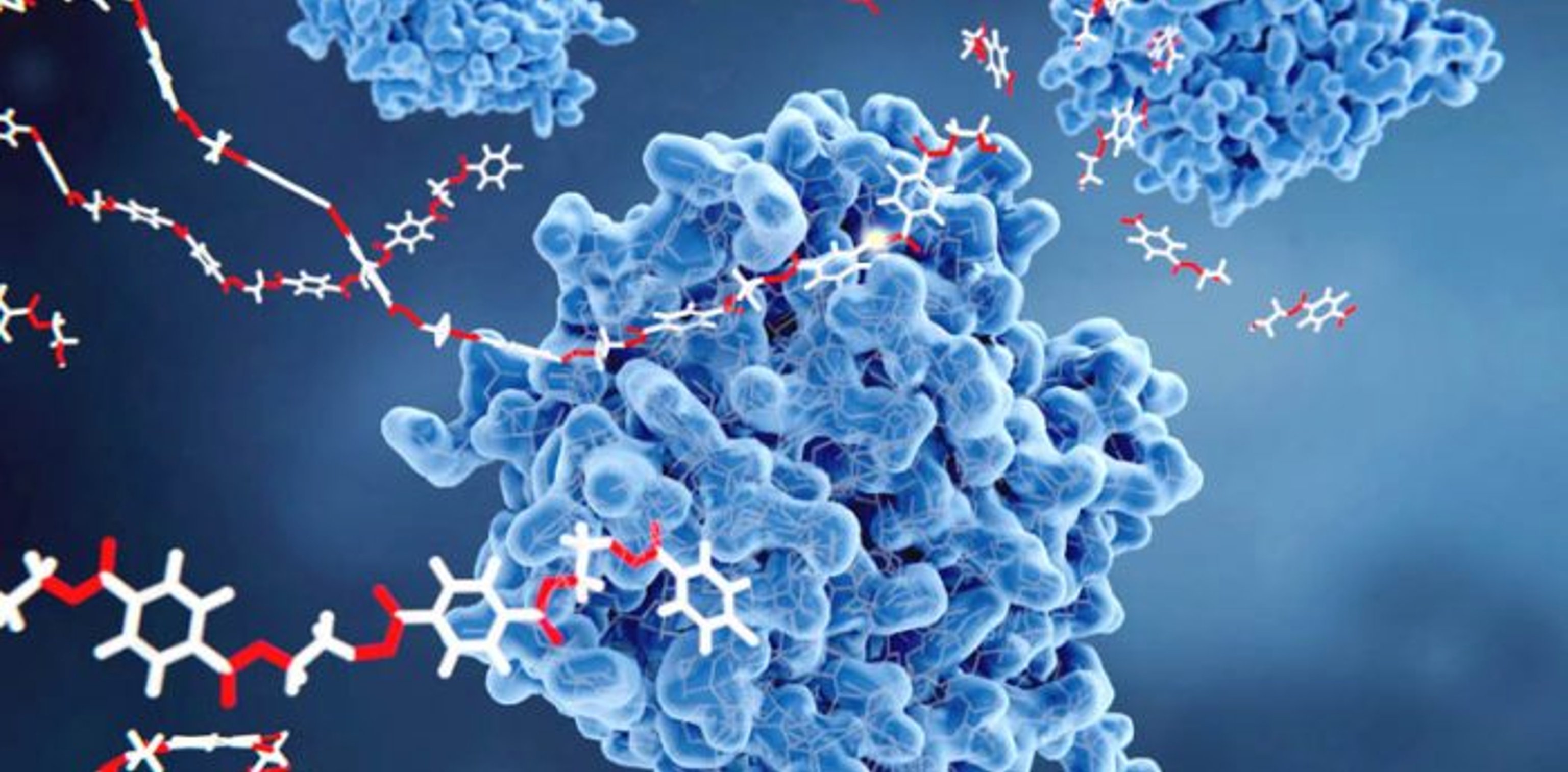Enzymes: How Do They Work?
- Scientific Articles

Enzymes, the biological proteins involved in digestion, photosynthesis, respiration, degradation, creation, manipulation, molecule bonding and *breathe* pretty much every chemical reaction needed to sustain life.
Enzymes, the biological proteins involved in digestion, photosynthesis, respiration, degradation, creation, manipulation, molecule bonding and *breathe* pretty much every chemical reaction needed to sustain life. Enzymes are, in every sense of the word, ‘miracle’ molecules. So let’s take a deep dive into how they work.
Fundamentally enzymes act as catalysts for chemical reactions, they speed up reactions without getting changed in the process. They can therefore be used over and over and over again without needing to be replaced. Enzymes can do this because they themselves don’t perform chemical reactions, but rather facilitate them…

Enzymes with their active sites highlighted. Credit: @sam.for.change Instagram
An enzyme’s most important feature is its active site (we sometimes refer to it as an enzyme's mouth), an area on its surface specially suited to fit and bind to its target molecule(s) aka substrate(s). Enzymes can facilitate reactions in a few different ways: they can bring two substrates together to promote their fusion, they can create more favourable conditions for certain chemical reactions to occur (for example, some enzymes are acidic, while others are alkaline), they can bend substrates to promote bond breakage, and much more. In any case, what enzymes are fundamentally doing is reducing the amount of energy needed for a chemical reaction to take place, thereby speeding up the whole process; without enzymes, digestion would take centuries rather than hours!
As you can imagine, there are many different enzyme types, all working on different molecules and performing different functions. Some enzymes break substances down, others build them up. For example, the enzyme protease breaks down large protein molecules into amino acids (the building blocks of proteins). A different enzyme, ribozyme, will later link amino acids together during protein synthesis. Almost every process in the body requires enzymes, they are the blue-collar workforce of nature.

An artist’s impression of an enzyme and its substrate. Credit: www.amrita.edu
But while biological organisms have been using enzymes for billions of years, humans only started realising their industrial potential during the 19th century, sparking the enzyme revolution. Decades of research allowed us to utilise enzymes like never before: baking, brewing, bomb building, the list goes on. Nowadays, enzymes prop up a significant portion of the global economy, they can be reused and reused, making them cheap and reliable industrial helpers. And this is why they also have the power to solve the plastic crisis…
How do Samsara Eco’s Enzymes Work?
All enzymes have a specific substrate. A substrate for Samsara Eco’s enzymes is PET plastic (one of the most common types of global plastic). In technical terms, the active sites of Samsara Eco’s enzymes fit the shape of PET plastic perfectly, enabling them to break large plastic molecules back down into their building block molecules, also known as monomers. These pure, high-quality monomers can then be recycled over and over to create new plastic products without sacrificing quality; it’s a method of recycling like no other. It’s infinite recycling.
And that’s pretty much it. Samsara Eco’s enzymes quite literally eat plastic. It’s the most environmentally-friendly form of plastic recycling to date. To find out more about the implications of infinite recycling, visit Samsara Eco’s homepage here.





